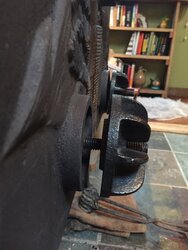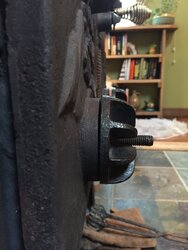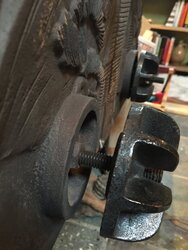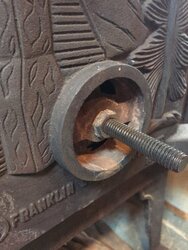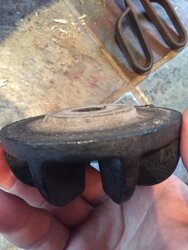Hello. I purchased a new house late his last summer so this is my first winter with the stove that came with the house. My research has shown me that my stove is kind of junky, but oh well, it’s what came with the house. It’s a Scandia 810 by Franklin Casting Co.
My question is regarding the dampers. I put a new gasket around the doors to get a better seal, which helped a lot. However, I’m still burning through wood. I noticed the campers are not sealing well and even when they are fully closed, there is a gap that allows air to enter. When I shut the dampers completely when the stove is full of wood, the stove still burns super hot. I was wondering if there were any improvements you can do to make the dampers seal better? Can you put gaskets on the dampers? Thanks in advance!
My question is regarding the dampers. I put a new gasket around the doors to get a better seal, which helped a lot. However, I’m still burning through wood. I noticed the campers are not sealing well and even when they are fully closed, there is a gap that allows air to enter. When I shut the dampers completely when the stove is full of wood, the stove still burns super hot. I was wondering if there were any improvements you can do to make the dampers seal better? Can you put gaskets on the dampers? Thanks in advance!


